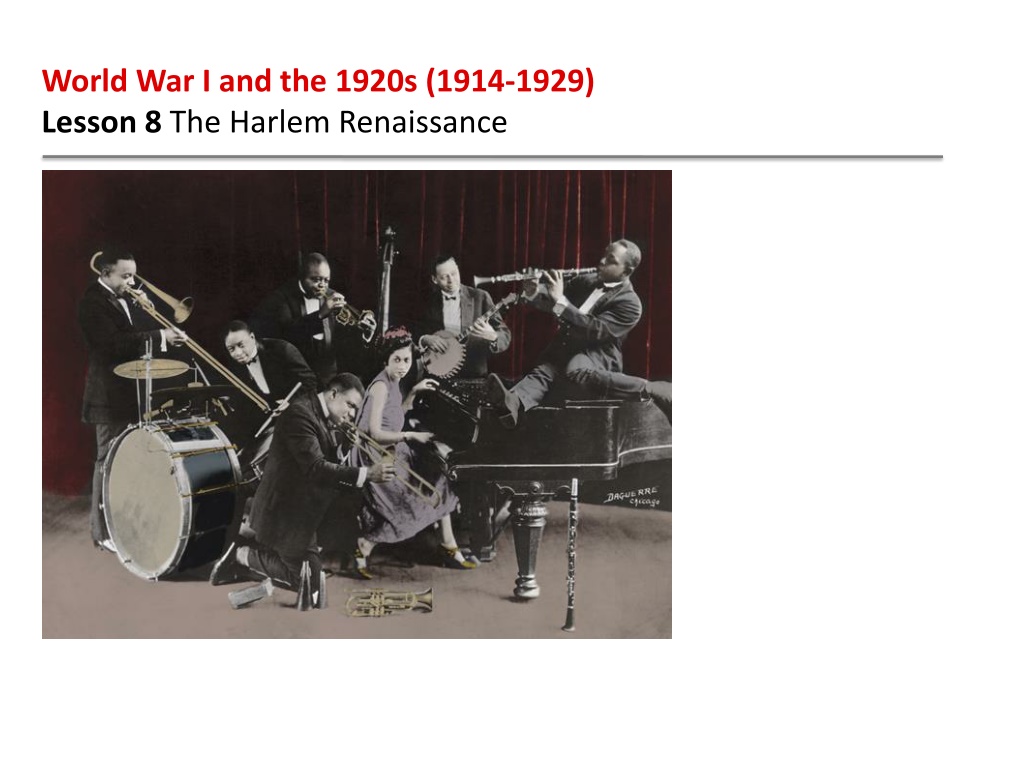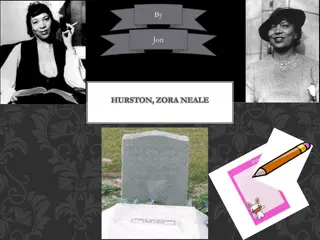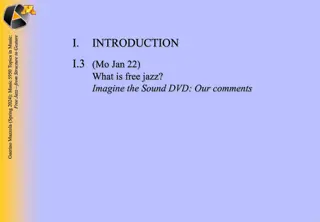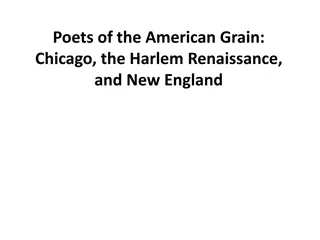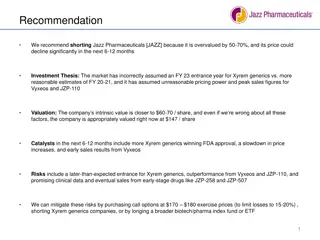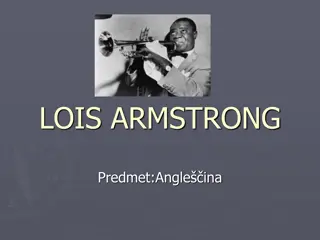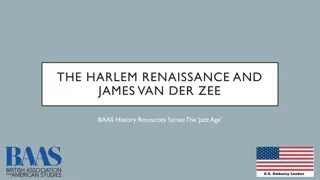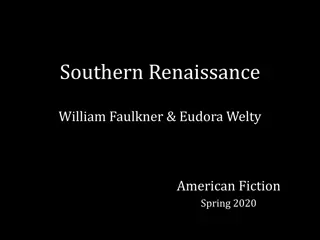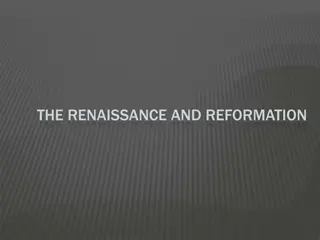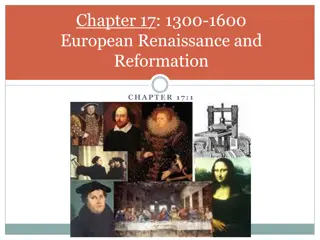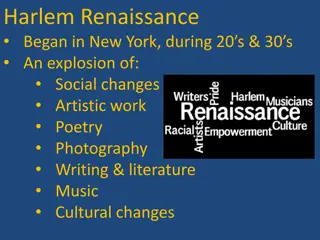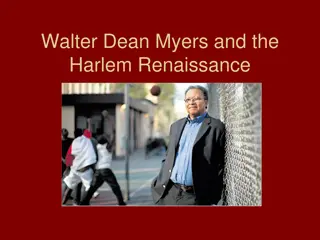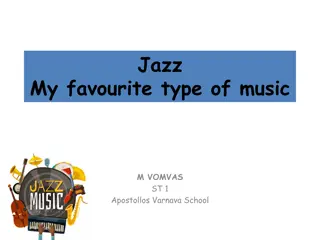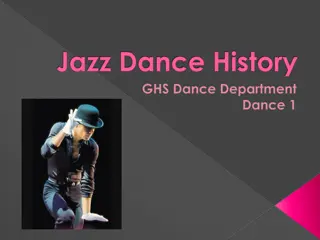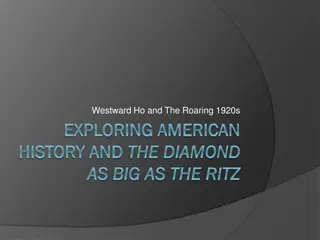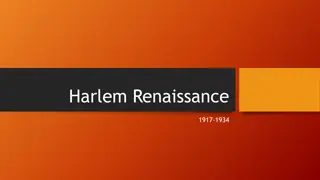The Harlem Renaissance and Jazz Age in the 1920s
The Harlem Renaissance and Jazz Age of the 1920s were significant cultural movements that emerged in the aftermath of World War I and the Great Migration. African Americans experienced a cultural renaissance, with the development of jazz music, literature, and art, exemplifying their resilience and creativity. The Great Migration led to the flourishing of music and literature, shaping American culture. Jazz, a unique musical form characterized by improvisation, gained global popularity, reflecting the spirit of the era.
Download Presentation

Please find below an Image/Link to download the presentation.
The content on the website is provided AS IS for your information and personal use only. It may not be sold, licensed, or shared on other websites without obtaining consent from the author.If you encounter any issues during the download, it is possible that the publisher has removed the file from their server.
You are allowed to download the files provided on this website for personal or commercial use, subject to the condition that they are used lawfully. All files are the property of their respective owners.
The content on the website is provided AS IS for your information and personal use only. It may not be sold, licensed, or shared on other websites without obtaining consent from the author.
E N D
Presentation Transcript
World War I and the 1920s (1914-1929) Lesson 8 The Harlem Renaissance
World War I and the 1920s (1914-1929) Lesson 8 The Harlem Renaissance Learning Objectives Analyze how the Great Migration and the philosophies of Marcus Garvey affected African Americans in the 1920s. Trace the development of jazz and its impact on American society and the rest of the world. Discuss the themes explored by writers and artists of the Harlem Renaissance.
World War I and the 1920s (1914-1929) Lesson 8 The Harlem Renaissance Key Terms Marcus Garvey jazz Louis Armstrong Bessie Smith Harlem Renaissance Claude McKay Langston Hughes Zora Neale Hurston
Support for Black Nationalism in Urban Areas As a result of World War I and the Great Migration, millions of African Americans relocated from the rural South to the urban North. This mass migration continued through the 1920s and contributed to a flowering of music and literature. Jazz and the Harlem Renaissance made a lasting impact, not only on African Americans but on the culture all Americans share.
Support for Black Nationalism in Urban Areas Migration Creates Opportunities and Challenges The Impact of Marcus Garvey
Support for Black Nationalism in Urban Areas Albert and Mildred Talbert emigrated from Oklahoma to Nebraska in 1914. Their son, Dakota, served in World War I and daughter, Ruth, graduated from the University of Nebraska in 1928.
The Jazz Age It was F. Scott Fitzgerald who called the 1920s the Jazz Age. However, it was African Americans who contributed the jazz. A truly indigenous American musical form, jazz is a musical form based on improvisation. Jazz musicians creatively recombine different forms of music, including African American blues and ragtime, and European-based popular music. Jazz music was fast, free, loud, rebellious, and fun, so in many ways, it reflected the characteristics and issues of the 1920s.
The Jazz Age A Unique Musical Style Jazz Wins Worldwide Popularity
The Jazz Age Analyze Charts How is the development of jazz related to modern musical genres such as hip-hop and rap?
The Jazz Age Louis Armstrong s raspy voice and trumpet playing helped promote the popularity of jazz around the world.
The Harlem Renaissance Jazz and blues were expressions of the African American experience. The pain of the African American experience can be heard in the blues, and the joy of that experience in the soaring notes of jazz. The range of such African American musicians as Duke Ellington and Cab Calloway speaks to the varieties of African American life. But in the 1920s, there were other expressions of African American culture. Novelists, poets, and artists celebrated their culture and explored questions of race in America. This flowering of African American culture became known as the Harlem Renaissance. The Harlem Renaissance helped give a new vocabulary and dynamic to race relations in the United States.
The Harlem Renaissance Cultural Movements in Literature and Art The Lasting Impact of the Harlem Renaissance
The Harlem Renaissance African American music legends, including Duke Ellington and Cab Calloway, played regularly at Harlem's many nightclubs.
Quiz: Support for Black Nationalism in Urban Areas What did Marcus Garvey advocate? A. universal black nationalism B. civil rights for immigrants C. a mass migration to northern cities D. collaboration between blacks and whites
Quiz: The Jazz Age Who was known as the ambassador of jazz ? A. Cole Porter B. Bessie Smith C. Louis Armstrong D. F. Scott Fitzgerald
Quiz: The Harlem Renaissance Whose writing conveyed militant ideologies and political leftism during the Harlem Renaissance? A. Jean Toomer B. Claude McKay C. Langston Hughes D. Zora Neale Hurston
